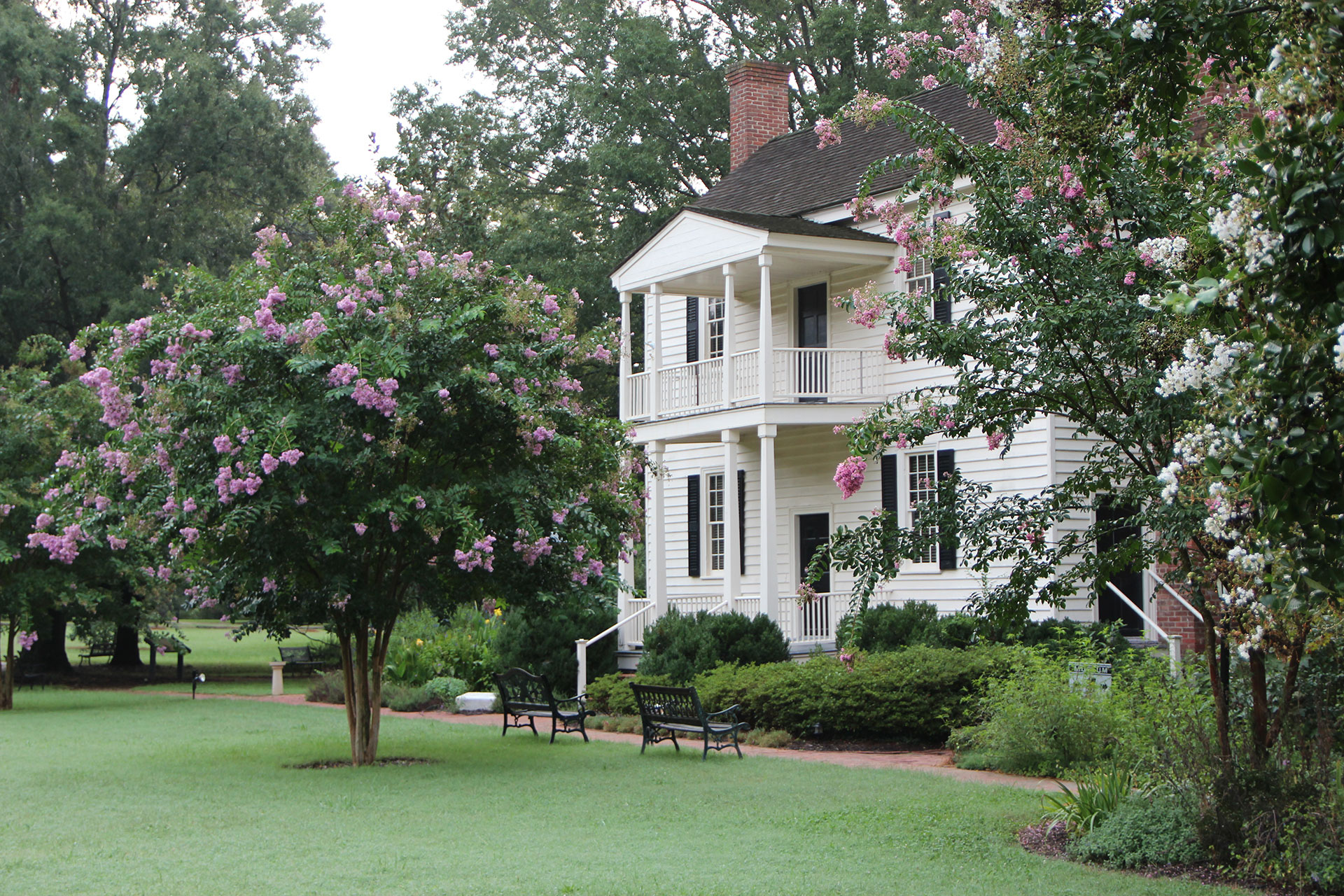Rehabilitation Standards
The Wake Forest Historic Preservation Commission has adopted the United States Secretary of Interior's Standards for Rehabilitation for use in determining the appropriateness of proposed work in the historic district. These ten national standards for rehabilitation were first developed in 1976 by the National Park Service.
Standards for Rehabilitation
A property will be used as it was historically or be given a new use that requires minimal change to its distinctive materials, features, spaces, and spatial relationships.
The historic character of a property will be retained and preserved. The removal of distinctive materials or alteration of features, spaces, and spatial relationships that characterize a property will be avoided.
Each property will be recognized as a physical record of its time, place, and use. Changes that create a false sense of historical development, such as adding conjectural features or elements from other historic properties, will not be undertaken.
Changes to a property that have acquired historic significance in their own right will be retained and preserved.
Distinctive materials, features, finishes, and construction techniques or examples of craftsmanship that characterize a property will be preserved.
Deteriorated historic features will be repaired rather than replaced. Where the severity of deterioration requires replacement of a distinctive feature, the new feature will match the old in design, color, texture, and, where possible, materials. Replacement of missing features will be substantiated by documentary and physical evidence.
Chemical or physical treatments, if appropriate, will be undertaken using the gentlest means possible. Treatments that cause damage to historic materials will not be used.
Archaeological resources will be protected and preserved in place. If such resources must be disturbed, mitigation measures will be undertaken.
New additions, exterior alterations, or related new construction will not destroy historic materials, features, and spatial relationships that characterize the property. The new work shall be differentiated from the old and will be compatible with the historic materials, features, size, scale and proportion, and massing to protect the integrity of the property and its environment.
New additions and adjacent or related new construction will be undertaken in such a manner that, if removed in the future, the essential form and integrity of the historic property and its environment would be unimpaired.
